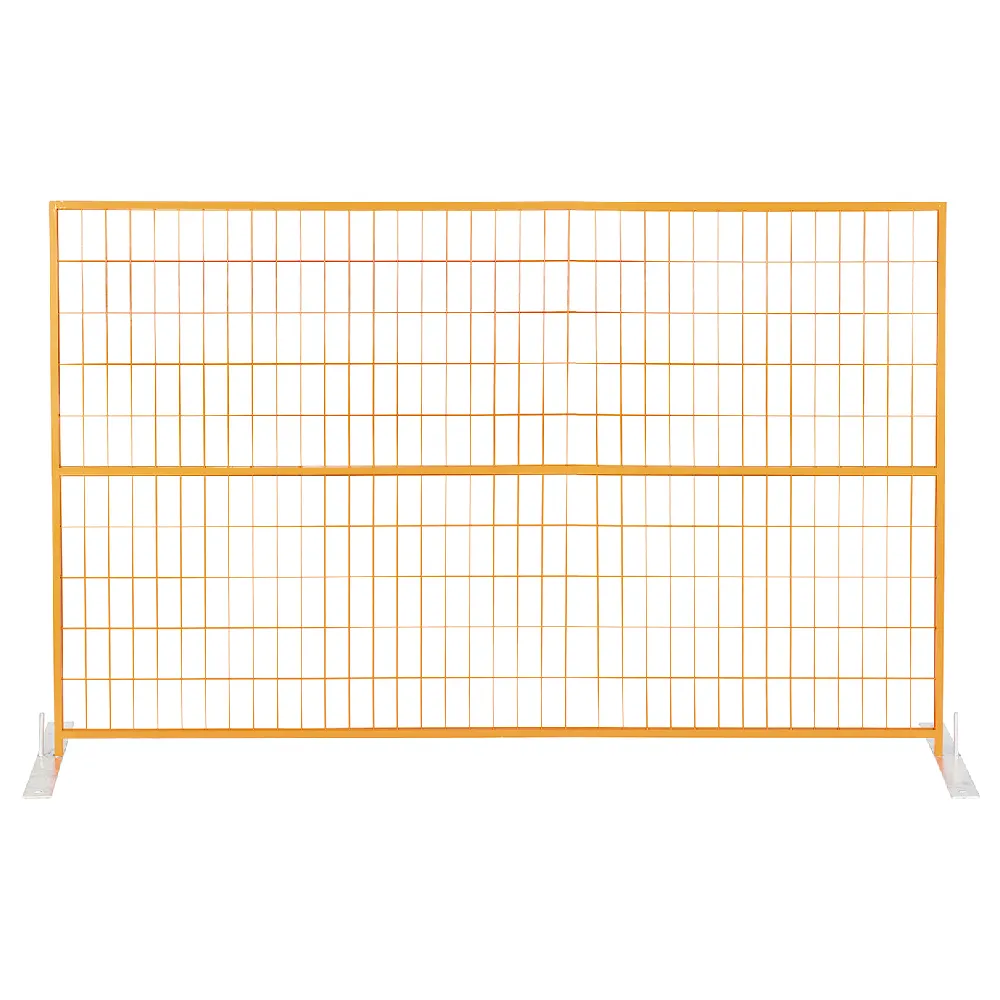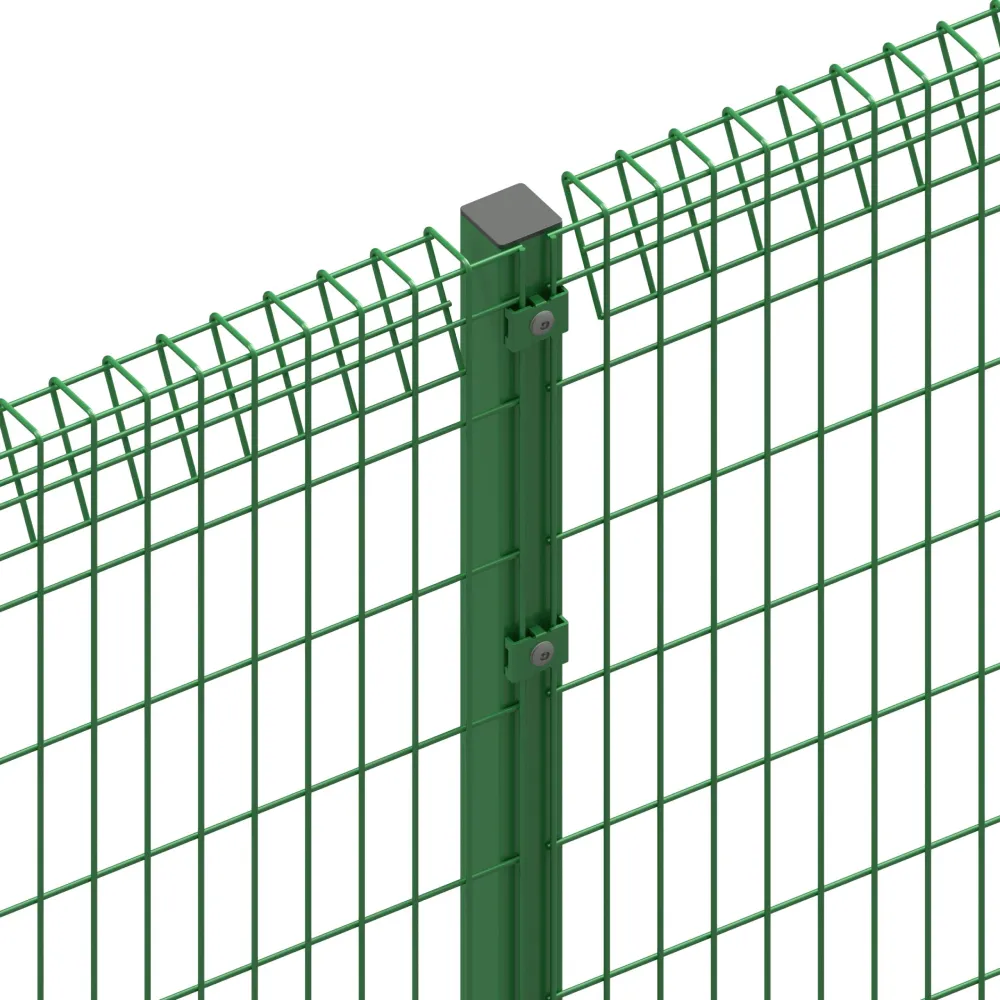Garden enthusiasts are constantly seeking innovative methods to enhance their verdant spaces, balancing functionality with aesthetics. One solution that has recently garnered attention is the use of metal mesh. Not merely a structural component, metal mesh serves multifaceted roles in garden design, offering durability, versatility, and a modern aesthetic appeal.

For those unfamiliar, metal mesh comprises interlinked strands of metal wire, providing both strength and malleability. It is adaptable for various applications, from creating decorative focal points to supporting plant growth. Its strength is rooted in the materials typically used—stainless steel, aluminum, and occasionally copper—each offering unique benefits for different garden environments.
The strength and durability of metal mesh make it an excellent choice for practical applications such as fencing and trellising. Unlike wood or plastic, metal mesh is notably resistant to weather conditions, including heavy rain, wind, and sun exposure, meaning it maintains its integrity over time with minimal maintenance. This resilience is particularly advantageous in regions with harsh growing conditions, where garden structures must withstand environmental stresses.

Beyond its durability,
metal mesh is an ally to garden aesthetics. Its sleek, contemporary appearance enhances various design styles, from minimalist gardens to lush, sprawling landscapes. The mesh’s open grid structure can create striking visual contrasts with plants. It allows for elegant shadow play when dappled with sunlight, providing dynamic visual interest throughout the day.
The versatility of metal mesh is also evident in its capacity to support a diverse range of plants. It forms a sturdy backbone for climbing plants such as roses, wisterias, and ivy, allowing them to flourish vertically and maximizing limited garden space. This can transform a simple garden into a lush, layered landscape that invites exploration and engagement. Furthermore, the structural support provided by metal mesh promotes healthy plant growth, as it encourages vertical rather than horizontal growth, reducing crowding and increasing sunlight exposure.
In addition to traditional trellises and fencing, metal mesh can be fashioned into protective plant cages, ensuring delicate plants are safeguarded against pests without obstructing their growth. These cages are particularly useful in gardens prone to wildlife intrusions, offering protection without the need for harsh chemicals or repellents. They are also easy to reposition, adapting to the needs of growing plants throughout the season.
metal mesh for garden
From an environmental perspective, metal mesh stands out as a sustainable choice. Many types are made from recyclable materials, and their longevity means they do not need frequent replacement, thus reducing waste. When properly treated and maintained, they resist corrosion, further extending their lifecycle. Their sustainability is compounded by their ability to support permaculture practices—creating habitats that encourage biodiversity while requiring fewer resources.
As an addition to outdoor décor, metal mesh can be creatively employed to craft garden art or structures such as arbors and pergolas. These additions serve not only as supports for climbing plants but become architectural elements that define and highlight spaces within the garden, creating intimacy and areas of respite.
Communication with professionals about the appropriate type of metal mesh to use based on specific garden conditions is advisable. Consulting with gardening experts or landscape architects ensures that the choice not only meets aesthetic desires but also functions optimally for the garden's climate and soil conditions.
By utilizing metal mesh in the garden, one can cultivate an environment that is not only visually striking and structurally sound but also sustainable and low maintenance. Its ability to transform spaces into functional yet beautiful oases attests to its value in modern garden design.
In conclusion, metal mesh provides garden enthusiasts with a plethora of benefits, ranging from structural integrity and ease of maintenance to aesthetic enhancement and ecological mindfulness. This innovative material serves as a testament to advancements in modern gardening, proving that with the right tools, even the simplest of spaces can be transformed into dynamic, sustainable, and beautiful environments.
























